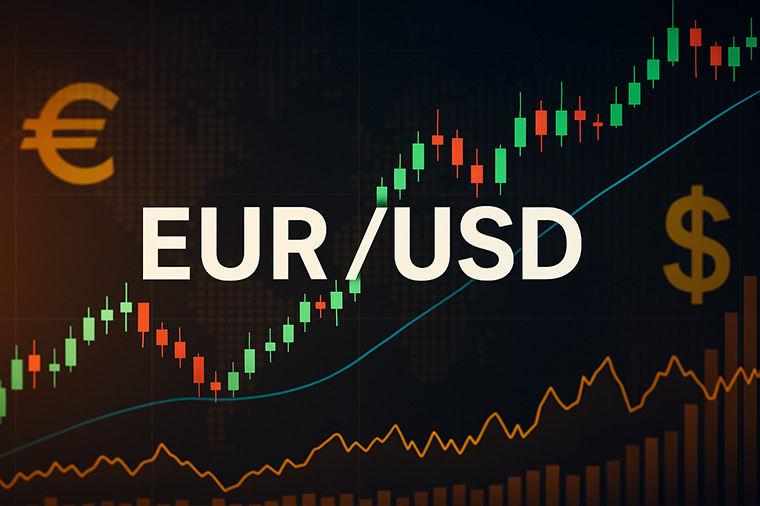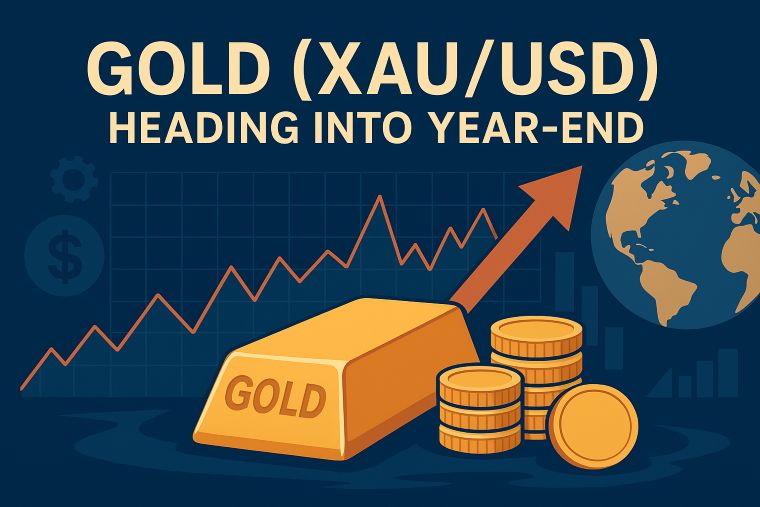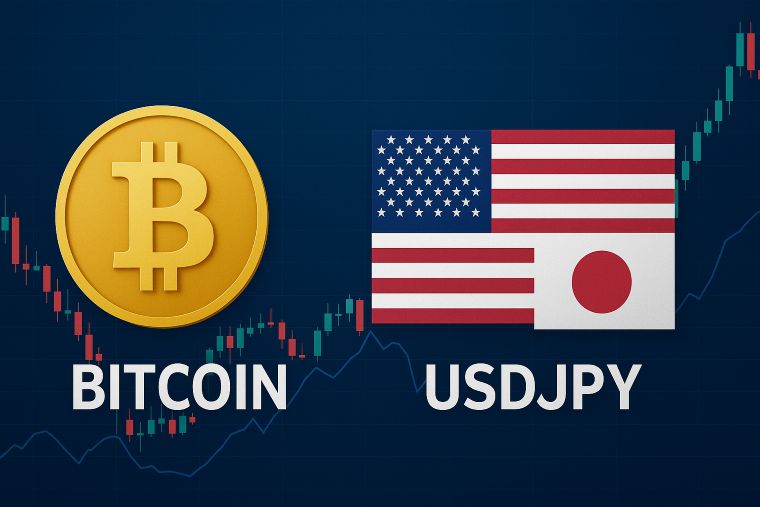3 min to read
EUR/USD at 1.17 The Euro's Gradual Recovery and the Dollar's Waning Dominance
Reading Currency Trends Amid Geopolitical and Economic Complexity

EUR/USD Climbs Toward 1.17: What’s Driving the Shift?
As of July 2025, the EUR/USD pair is stabilizing around the 1.17 level, marking a clear departure from the 1.05–1.10 range that dominated throughout 2023 and 2024. This upward movement represents not only a technical breakout but also a shift in the underlying balance of economic power and sentiment between the eurozone and the United States.
The recent euro strength and dollar weakness stem from a mix of critical global developments:
Growing expectations for rate cuts by the Federal Reserve
Balanced and cautious monetary policy by the European Central Bank (ECB)
Reevaluation of the “dollar dominance” amid geopolitical risks
Stabilizing energy prices and improving EU internal demand
This combination has fueled expectations that the euro may soon approach or even surpass the 1.20 level.
Fed Rate Cut Expectations Fuel Dollar Weakness
With inflation decelerating and signs of labor market cooling, the U.S. Federal Reserve is widely expected to begin rate cuts before the end of 2025. As a result, the dollar’s interest rate advantage has been eroding, leading investors to shift toward higher-yielding or more stable currencies like the euro.
Falling real yields in the U.S. are also prompting institutional and sovereign investors to diversify away from the dollar, creating a demand boost for euro-denominated assets.
Eurozone Stability Boosts Euro Demand
In the euro area, a combination of stabilizing energy prices, revived tourism, and improved domestic consumption has led to moderate but steady economic recovery. Key indicators, such as PMI readings in Germany, France, and Spain, have remained above the 50 mark, indicating expansion in both the manufacturing and services sectors.
At the same time, reforms in EU fiscal rules and reduced political tensions have helped restore market confidence. As a result, the euro is gradually regaining its reputation as a “currency of stability.”
Geopolitical Shifts Reshape Global Currency Preferences
Traditionally, geopolitical crises would lead to dollar inflows. However, the current landscape is different. Risks such as:
Deepening political polarization in the U.S. ahead of the presidential election
Heightened tensions in the Asia-Pacific (China–Taiwan conflict)
The prolonged war in Ukraine straining Western economies
Instability in Middle Eastern energy routes
have made investors increasingly wary of overconcentrating in the U.S. dollar. Instead, diversified exposure—including the euro—is becoming the preferred strategy, especially for sovereign wealth funds and long-term asset managers.
Looking Ahead: Can the Euro Reach 1.20?
As EUR/USD hovers near 1.17, the key question becomes: Can it break decisively above the 1.20 level?
Bullish Scenario (Breakout above 1.20): The Fed implements three or more rate cuts in 2025
The eurozone maintains growth through domestic demand
The euro is increasingly viewed as a safe-haven alternative
Bearish/Correction Scenario (Back toward 1.10): The ECB shifts unexpectedly toward early rate cuts
Political risk resurfaces in Europe (e.g., far-right gains)
U.S. economic data rebounds, halting Fed dovishness
For now, the pair appears to be in a controlled uptrend, but further movement will hinge heavily on upcoming central bank policy decisions and geopolitical developments.
Conclusion: EUR/USD at 1.17 Reflects a Broader Rebalancing
The current EUR/USD level of 1.17 is more than a technical milestone—it symbolizes a wider rebalancing of global economic and monetary confidence. The euro’s rebound is not only supported by fundamentals but also by its perceived role in a more multipolar financial world.
As the eurozone consolidates and the U.S. grapples with domestic and external uncertainty, the EUR/USD will remain a key barometer of macroeconomic shifts in the months ahead.
Visit XM Official Website.

